-15
interview
interview
ALLAN BEALY
︎New York City/USA
october 15, 2019
october 15, 2019
Can you tell us a little bit about your general background?
I was born in a suburb of Montreal in the early 50s. I hated school, did a bunch of stuff that I’m lucky didn’t kill me, and basically was saved by art!
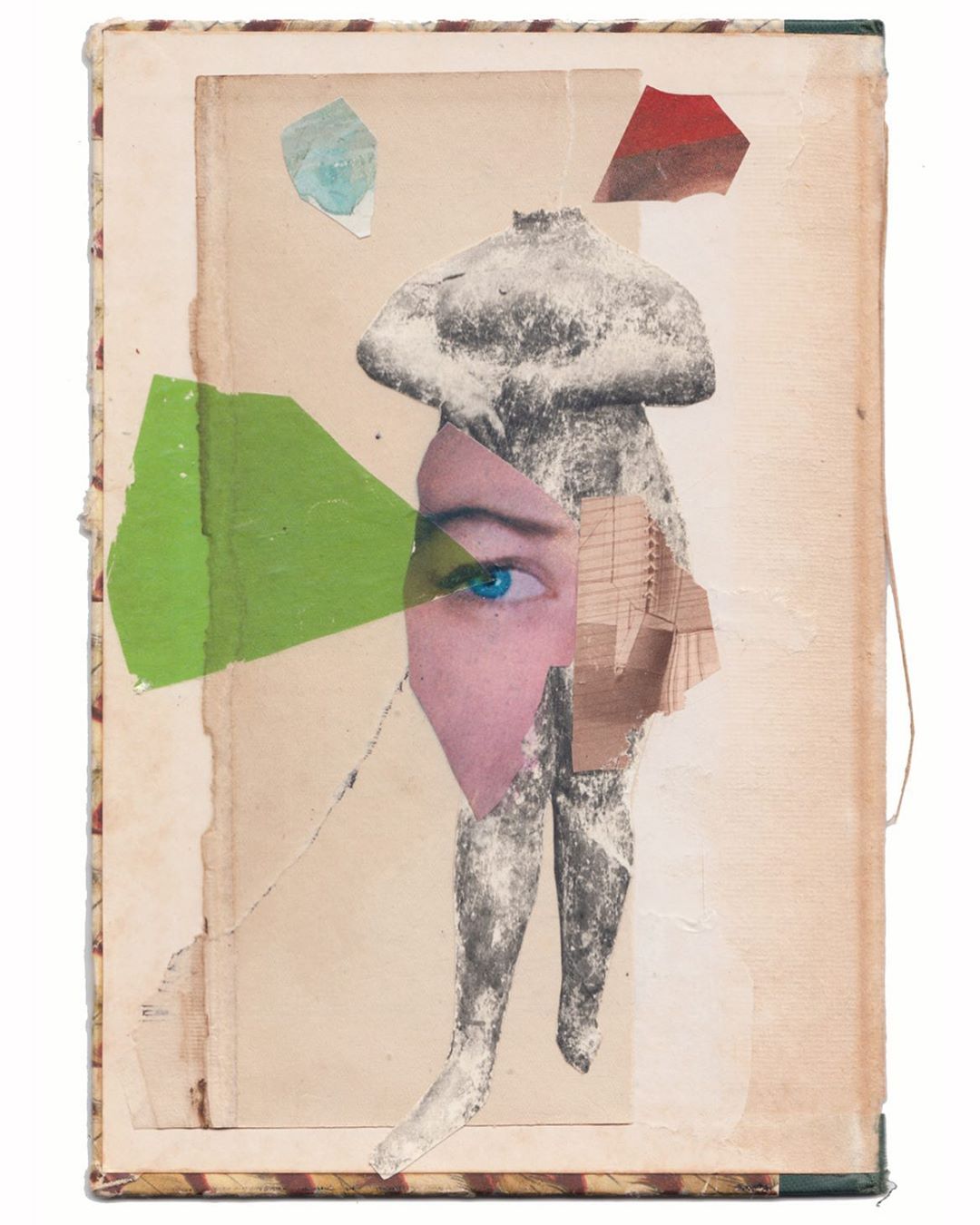
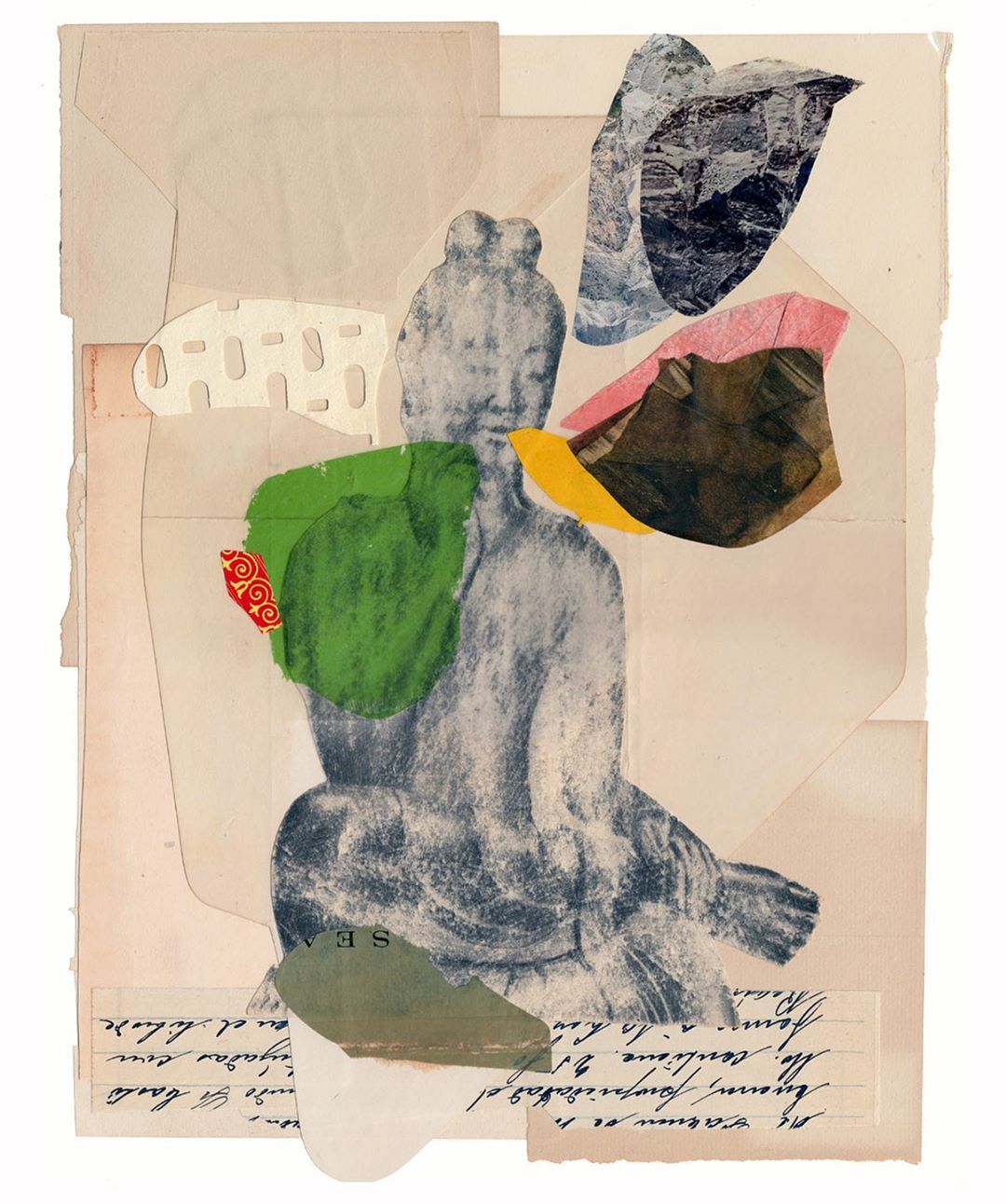

Do you have any formal art training or education?
I went to the School of Art & Design of the Montreal Museum of Fine Arts. It was a three-year diploma program (no degree) and was actually a very well respected school with a long, glorious history. It was torn down when they expanded the Museum a number of years ago. Cruel!
What brought you to New York? What made you stay?
My immediate reason to move was that I met my future wife while travelling and she was moving from Boston to New York. I followed. I think at the time I felt that New York presented more opportunity than Montreal, which certainly turned out to be true.
If I remember correctly, you’re a retired advertising art director. Do you want to tell us a little bit about that? How did you get into this? Any career highlights?
Briefly, after a few years in New York, I was able to land a job in the studio of a very small ad agency. That agency was bought by a larger agency that was in turn acquired by one of the major world-class agencies. I grew with the company and never really had to hustle for a job. There was very little that was particularly glamorous about my career – most of my clients were financial accounts and the less said, the better!


I read somewhere that you co-published a couple of art magazines in the 80s. Benzene and something else… Can you tell us about that? What were they about? And how long were you involved with these projects?
I have always been involved with graphic design and publishing. In Montreal, in the early 70’s, I was a member of Vehicule Art, an artist-run cooperative gallery. The gallery had their own press and I spent a lot of time designing postcards and posters for the gallery, as well as broadsides and chapbooks. I started my first magazine, Davinci, on that press. It was a digest-sized book that ran for six issues and featured a mix of art and text. I solicited work from the mail art network that I was involved in as well as artists who were showing at the gallery. It had a nice DIY vibe!
When I got to New York I started Benzene magazine, a tabloid, with a much more ambitious mandate. We ran visual spreads of the work of internationally known artists, writers and musicians. Benzene ran for 10 issues through the 80’s and a spinoff book initiative, Benzene Editions, is still creaking along today.
You’ve been around since before the internet and social media, or let’s say since the very early days of the internet but before social media. How have things changed since then for artists or creatives in general?
Well I was around before the internet, for sure! The core of what an artist does, and has to do to survive, hasn’t really changed at all. Certainly the tools have changed and it’s much easier to reference work and to communicate with others, but you still have to get your hands dirty and it still has to come out of your desire to create. In a way, social media has made it more difficult. Work is flattened, reduced and thrown into the daily stream, where it’s lost when the next image is posted. I certainly use it, but I like to complain a lot about it!
What exactly are you complaining about? It seems like we all love to hate it but can’t or don’t want to live without it either.
That certainly is true. But also it seems to trivialize everything we do. Nothing is more important than anything else. You blink and we’re on to the next post. My other point is just that it leeches so much of our time that could be better spent doing the work!
You are an incredibly prolific collage artist. Are you, or have you been, active in any other artistic media?
I have always done collage, even in art school, but it was not my primary discipline until the last ten years or so. When I moved to New York in the mid-70’s I rented a small studio on Union Square that I used for painting - very minimalist works, not at all like my collage!
Can we see any of your paintings anywhere?
Unfortunately, most of that work is not online, and in fact was destroyed. I think there is one post on my blog from a number of years ago. ︎
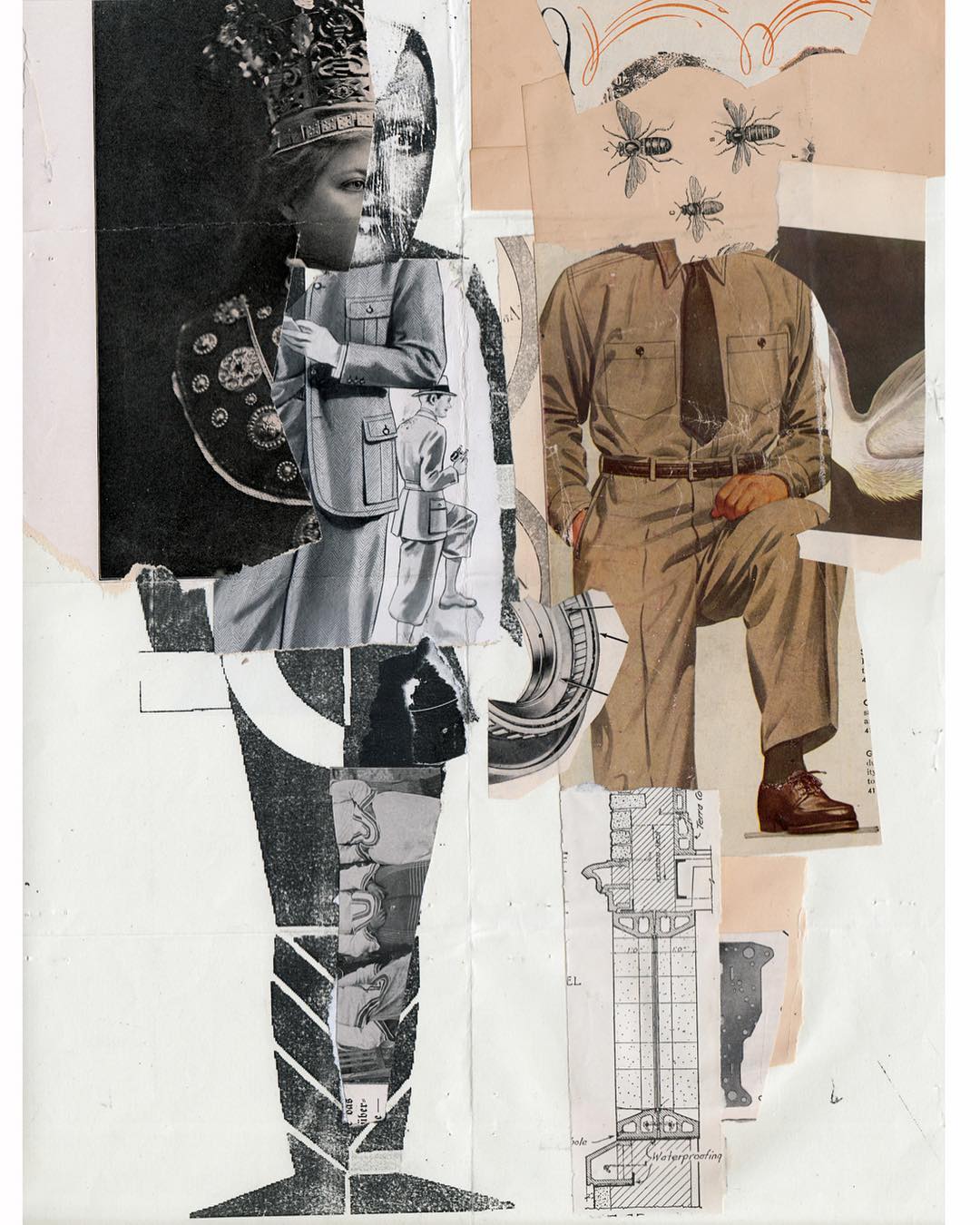
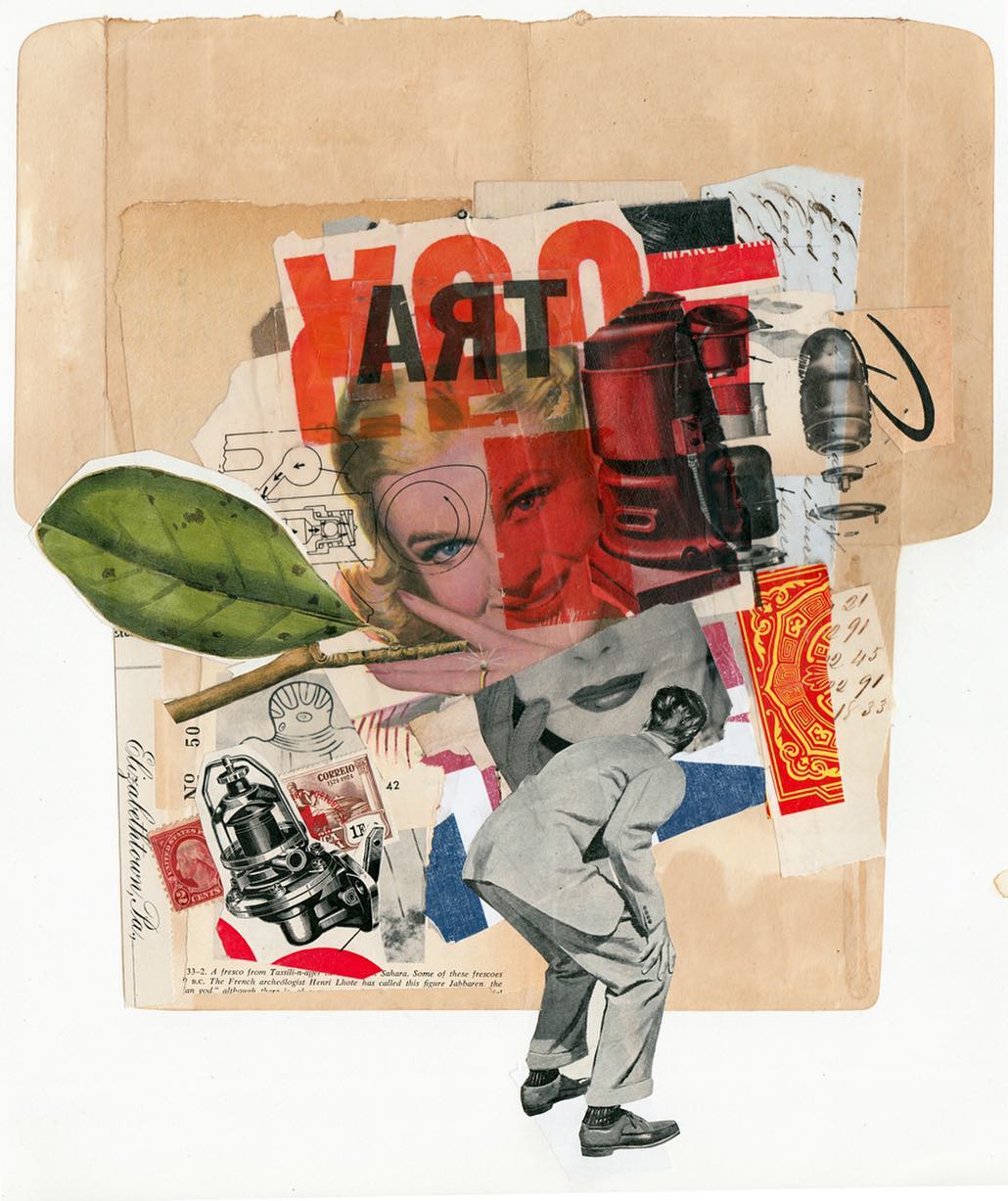
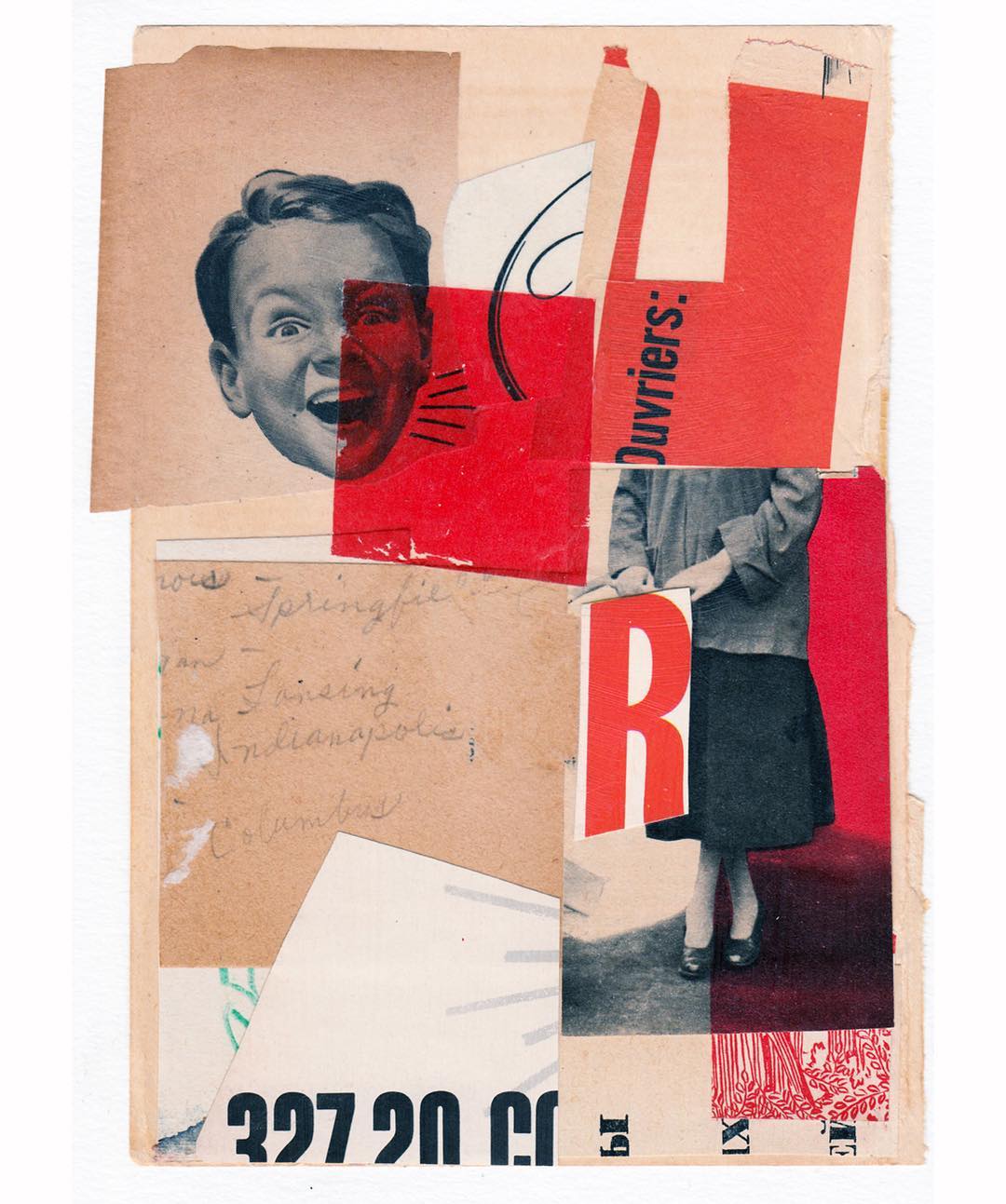
When did you start collaging and for what reasons are you drawn to it?
As I said, I’ve been creating collages, sporadically, for over 40 years! In the past ten years it has become my primary practice. I love paper and ephemera and to use the limited amount of space I have to tell a story. At the risk of sounding trite, everything is collage! We experience the world in fragments and shards that form a fluid whole. Everything is in flux and creating collage is just a part of that process.
Do you work exclusively analogue? What is your take on the analogue vs digital debate?
I have done many digital collages over the years, but generally I prefer to work in analogue. I work with vintage materials and the physicality of the materials, the texture, the fragility, the color palette, are most important to me.
Can you describe your artistic process when you sit down to work on a piece?
I usually have a vague direction I want to pursue and begin several pieces concurrently. Substrate and background layers are important and it’s a good way to get involved with a few pieces without committing to anything definitive. After that it can take days or weeks to resolve a particular piece. That said, I find the most satisfying work happens spontaneously and without too much angst.
I know you collaborate a lot with other artists. Can you tell us a little about the projects you’ve worked or are currently working on, or about particular artist you are working with?
Collaborative work is a huge part of my practice! I’ve worked with close to a hundred artists on collage projects of one sort or another – cards, booklets, assembling zines. I’ve also used the Benzene Editions imprint to gather artists together for collaborative projects, including two alphabet books (here & here) that were a lot of fun. I am currently gathering a group of fantastic artists into a new book project that was initiated at a collage/book symposium that I attended in Montreal a few weeks ago. I’m always blown away by the enthusiasm I see in the artists when they are asked to be a part of such a project. It reaffirms my belief that collaborative work is important.
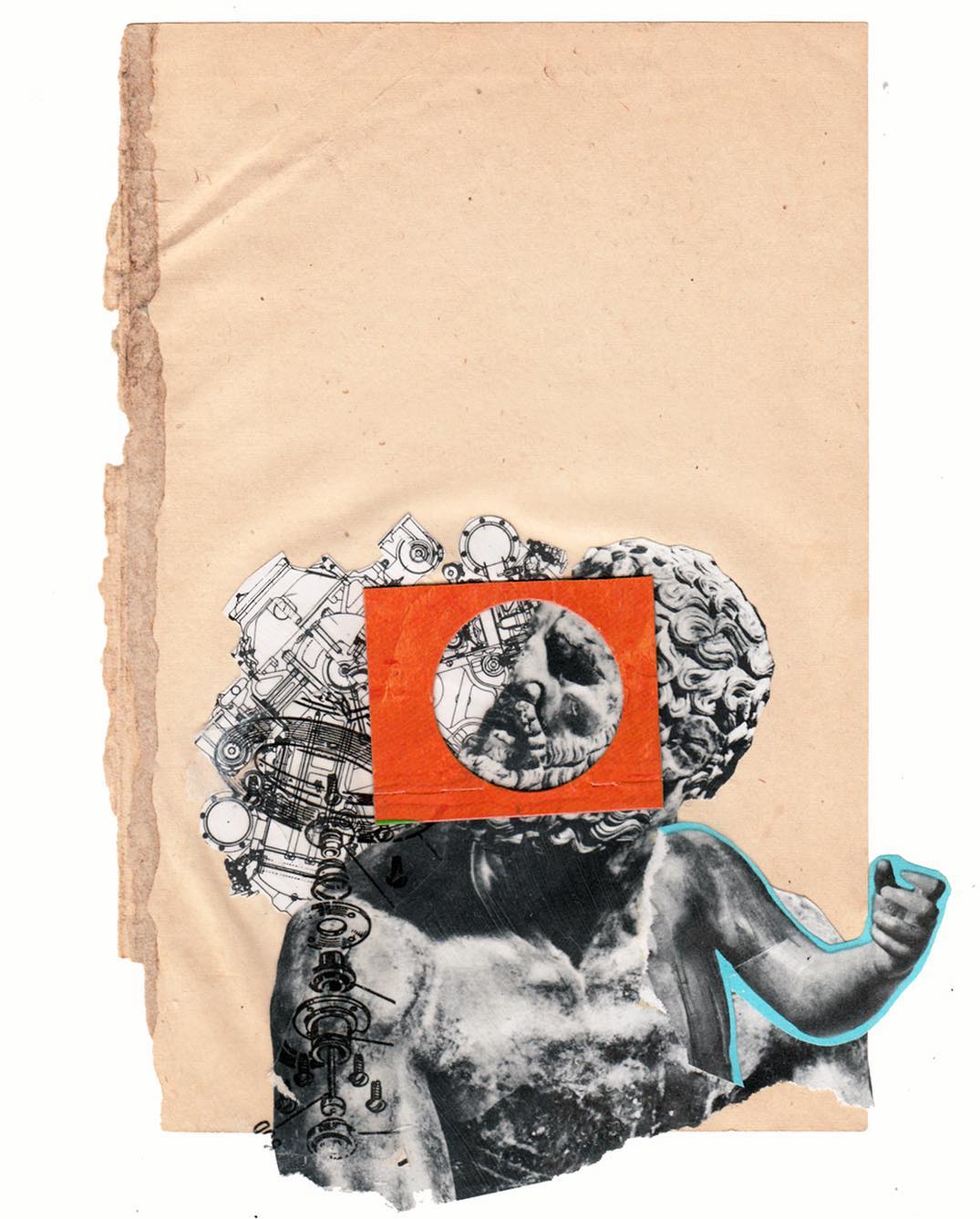


What do you feel is the value of collaborating with other artists?
Growth! Networking has no downside. There is so much to learn from other artists and to reach out to others you respect can only help you grow in your own practice.
I think we can all agree on the fact that the internet and social media, no matter what one thinks about them in general, have made communication and collaboration easier. But I sometimes wonder if that too is a mixed blessing. Any thoughts on that?
You are absolutely right when you say it has made communication easier, but it is important to remember that artists found communities and worked together before they had recourse to the internet. When I collaborate with an artist I depend on the mail, not email. My local bar is still a place artists gather and talk about their work. The gallery system still has a function (more or less!) Truthfully, I would hate to have to go back to pre-internet days, but the greater part of my career functioned without it so I know it’s possible!
In your opinion, aside from the spread of digital work and techniques, has collage art changed since the 80s, and if so, how?
As far as I can see, there has been no significant change in the work we see today compared to what was produced in the 80s and earlier. My go-to answer to that is always to look at the work of Rauschenberg and Paolozzi… there is nothing significantly more cutting-edge or groundbreaking now than there was then. If anything I just see a lot of repetitive sameness muddying the water. There is great work being created today but it is following that beautiful history and it’s hard to get too excited about it. In the next breath I’ll say there is work being created today that I truly adore!
If you include the digital realm, there is beautiful, dreamy work being done but, to me, it feels like illustration. I miss the smell of the paper and the little mistakes and nuances that are hard to find an equivalency to in digital art.
You say digital collage feels like illustration. Do you care to elaborate? I personally feel that collage in general is maybe not always but often closer to illustration and therefore maybe closer to craft than to art.
Much of collage today is craft! That in itself, of course, is not a bad thing but it certainly isn’t the direction I want to pursue or indicative of the best work that I follow. With digital collage I can only speak to the work I see… beautiful, often ethereal, I always think there is a text that is meant to accompany it. Again, just a different path than the one I choose.
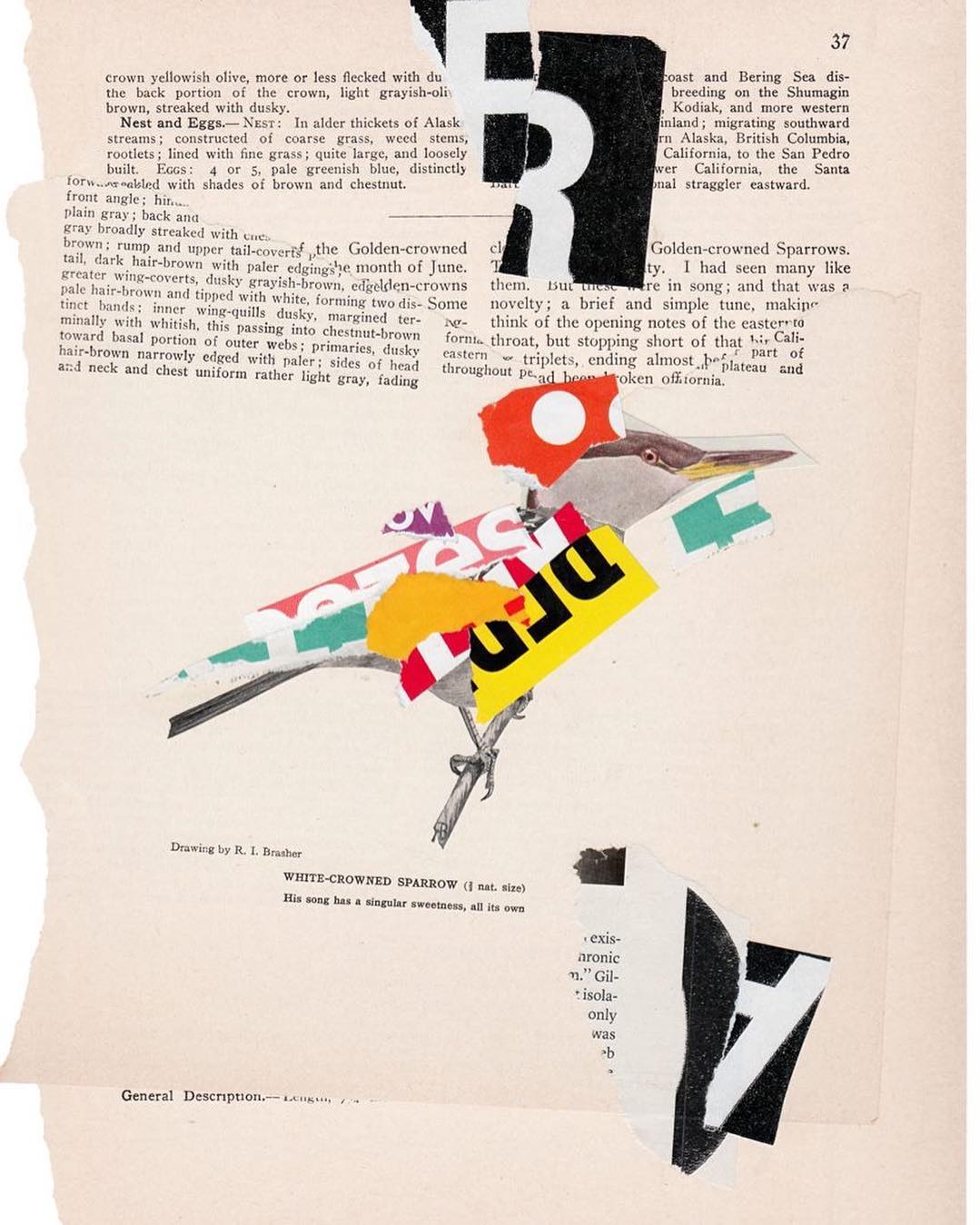

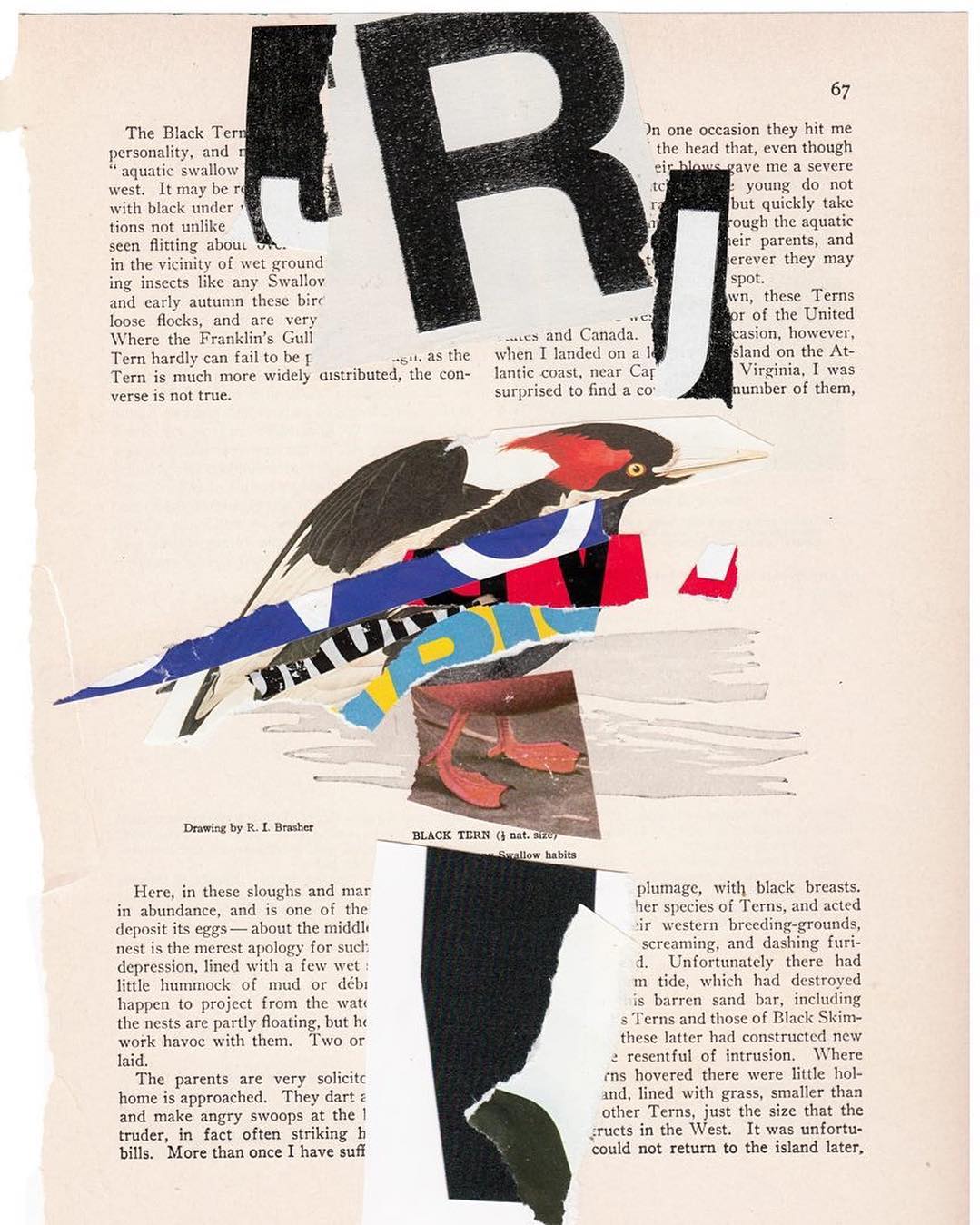
How do you think your own work has changed over time? Would you like to tell us a little about your development as an artist over the years?
When I got to New York I spent 30 years as a graphic designer and art director where I did very little personal work, so that the last ten years has really been a very condensed release into process and growth. Every day I feel I learn something new about myself and try to apply it to my work. I have a fear of creating work by rote and it keeps me pushing into new territory.
Do you have any advice for someone just starting out, be it creating art in general, or considering a creative career?
Only to study, be aware, respect your materials and work constantly, not occasionally. Try not to do work that 20 other artists are doing! It’s a huge challenge!
Try not to do work that 20 other artists are doing. My teachers at university used to tell us the same thing, with the result that we spent almost more time making sure that what we did was different, which became an almost self-defeating exercise and turned out to be futile most of the time. Hasn’t everything been done before? And didn’t Picasso say that real artists steal, or something along those lines?
Yes, there is nothing new under the sun and stealing is an acceptable activity! Unfortunately that doesn’t make the thousands of collages I see streaming through Instagram every day worth the effort it took to post them. That sounds incredibly harsh and presumptuous and I can get off of my soapbox any time now! Still, pre-social media, every exercise and five-minute collage was not paraded for the world’s likes. It just seems juvenile to me and I know I’ll make a few enemies saying that. Put it down to an old man rant!
Who are some of your favourite collage artists? Who inspires you?
Well, historically, Schwitters, Höch, Rauschenberg and Eduardo Paolozzi. Today I see lots of inspiring work online and in magazines. Right now I’m attracted to the work of Massimo Nota, Lee McKenna and Aaron Beebe among others… There are many others!
Allan Bealy on Instagram
Allan Bealy on MagCloud
interview: Petra Zehner